

Pronoun tells how you want others to perceive your gender. Here we’ve included the most common gender pronouns of today. If you are new to the neopronouns, take this chance to get familiar with these non-gendered pronouns which represent diverse gender identities.
Welcome to gender matters!

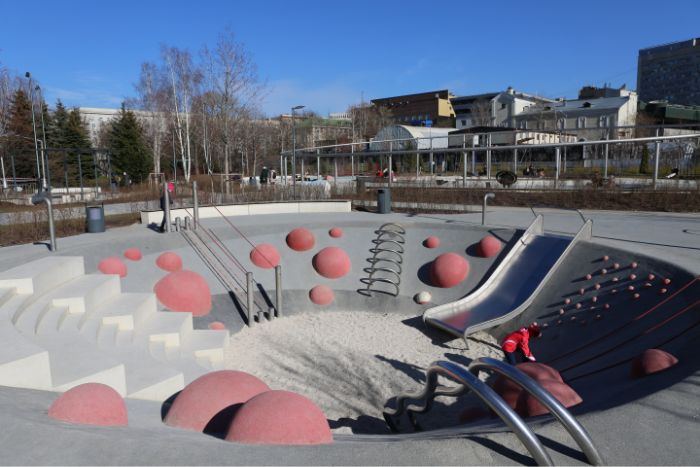
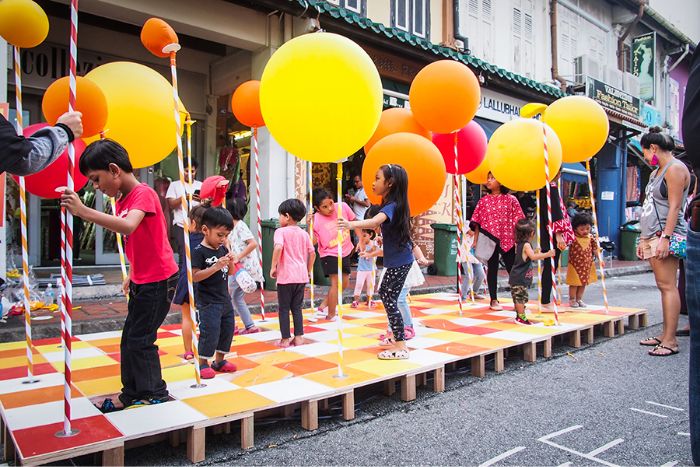


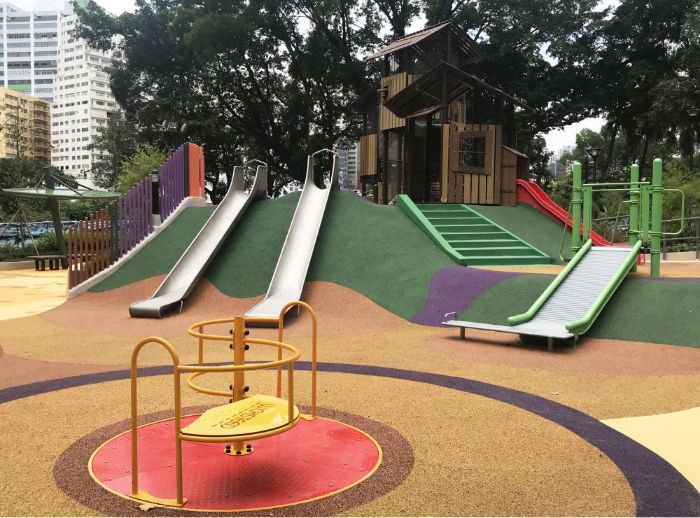

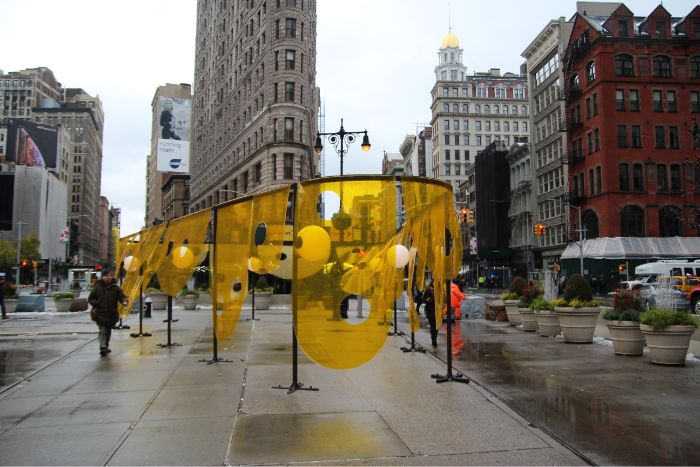
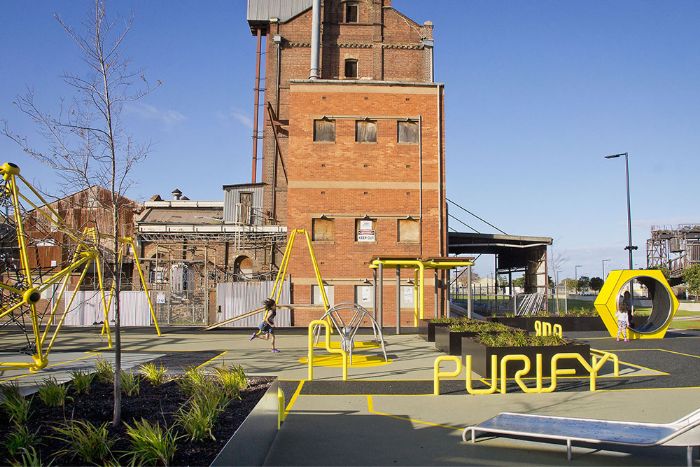
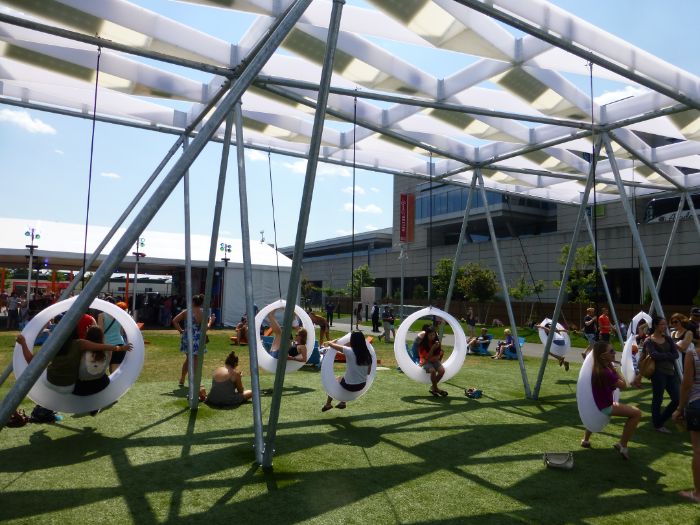

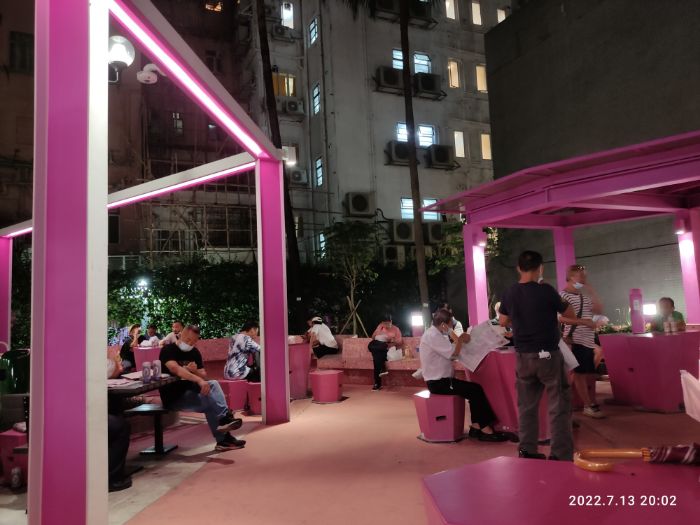
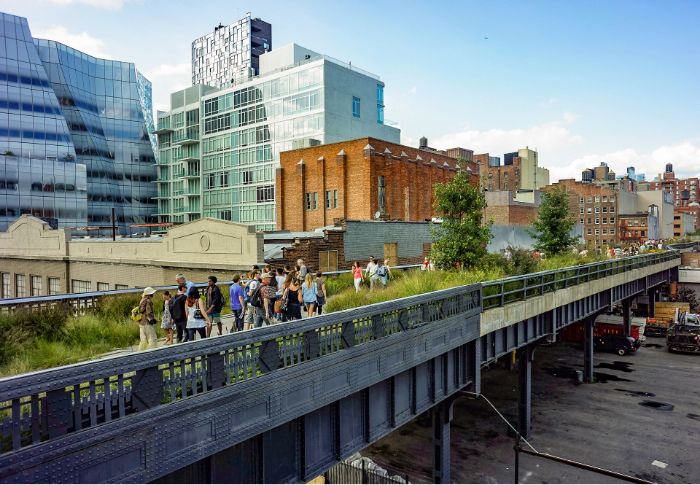
Does it mean girls may not have the confidence to compete with boys for large open spaces?
Does it mean women report levels of fear of crime higher than men’s, and how about gender queers?
What does this represent?


First, females are socially-conditioned to be more concerned about personal safety in the public realm.
(Arkitekter, 2018 cited in Shaikly & Lira, 2022)
(Tandogen & Ilhan, 2016)
(Girlguiding 2020; Walker and Clark, 2020 cited in Shaikly & Lira, 2022)
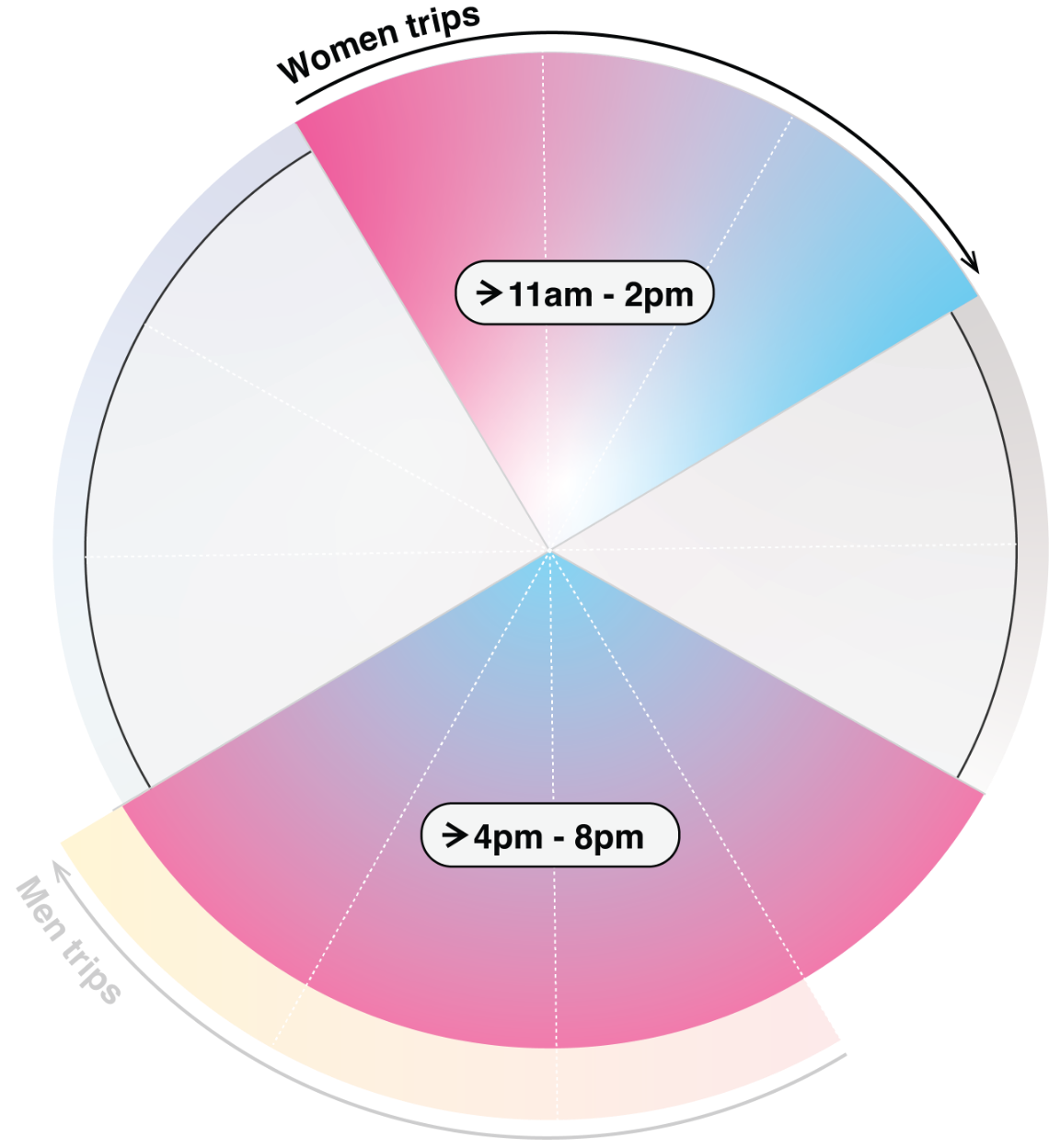
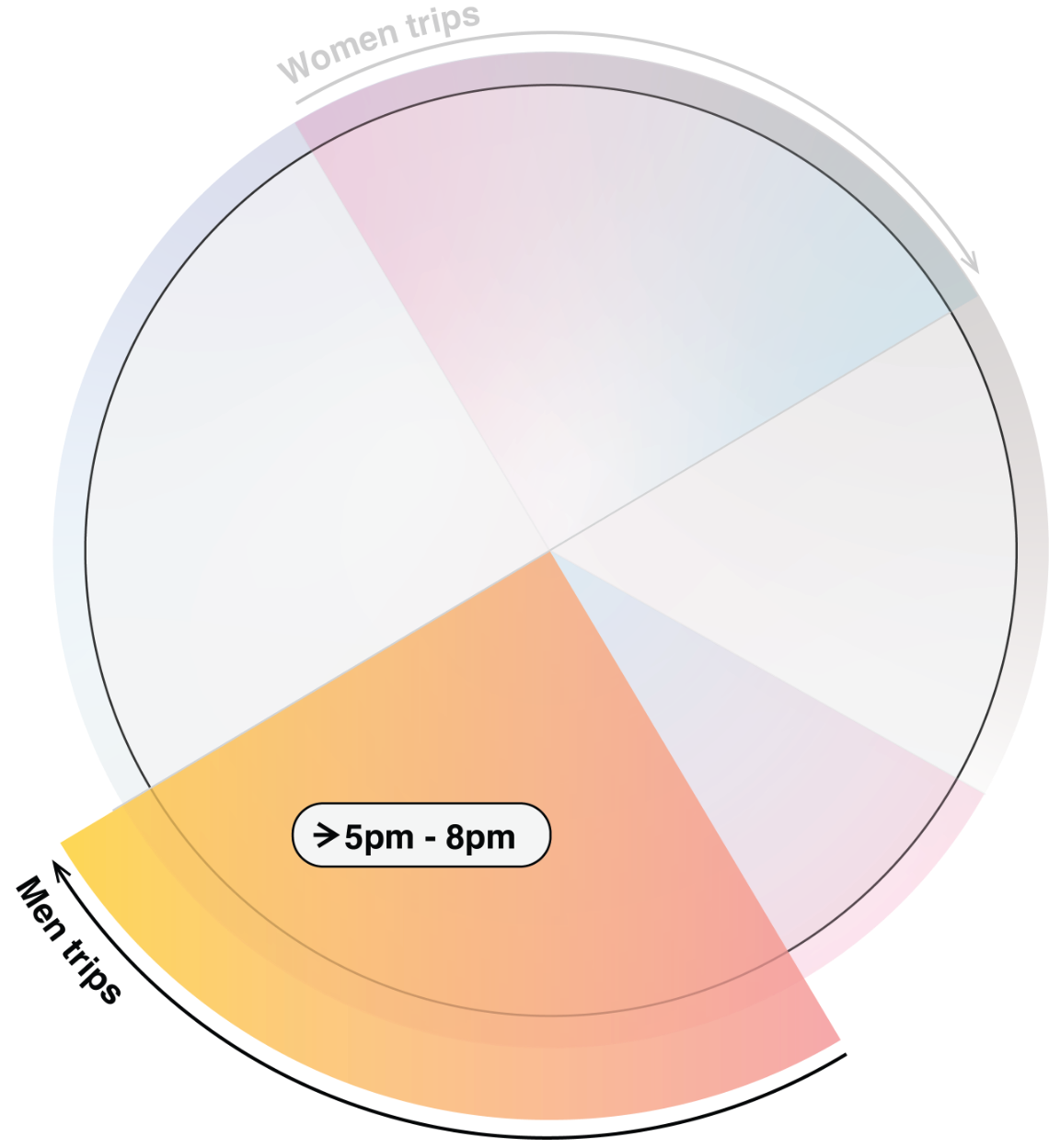
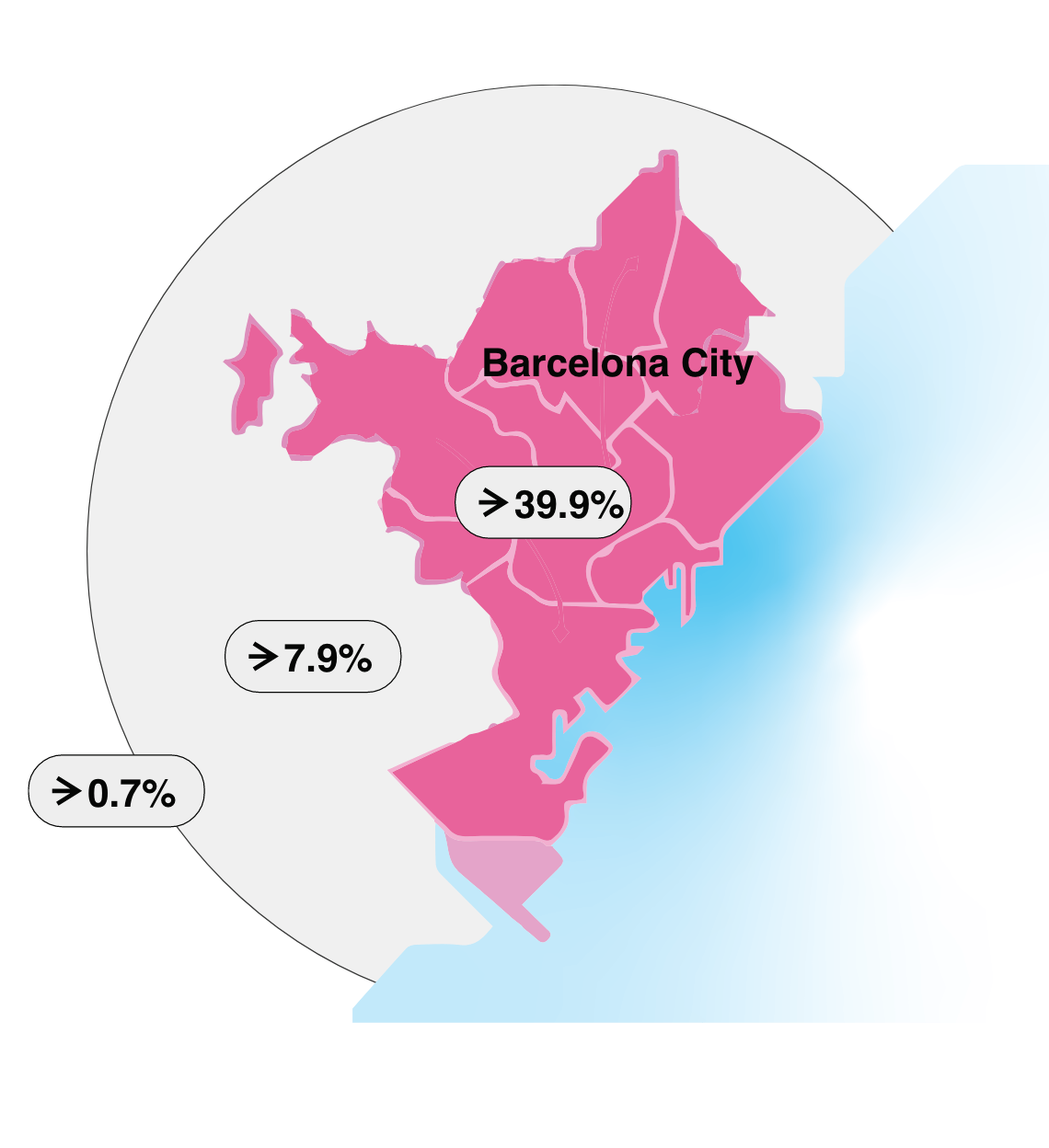
in which males are the breadwinners while females are the homemakers has huge implications on how women travel and enjoy public spaces in the city.
Women remain under-represented in government.
Women are still the minorities in the boardroom.
the Swiss architect was devising a standard human model for use in architecture, represented by a 6-foot man with his arm raised. Man has been the standard proportion for design, from furniture to the city.
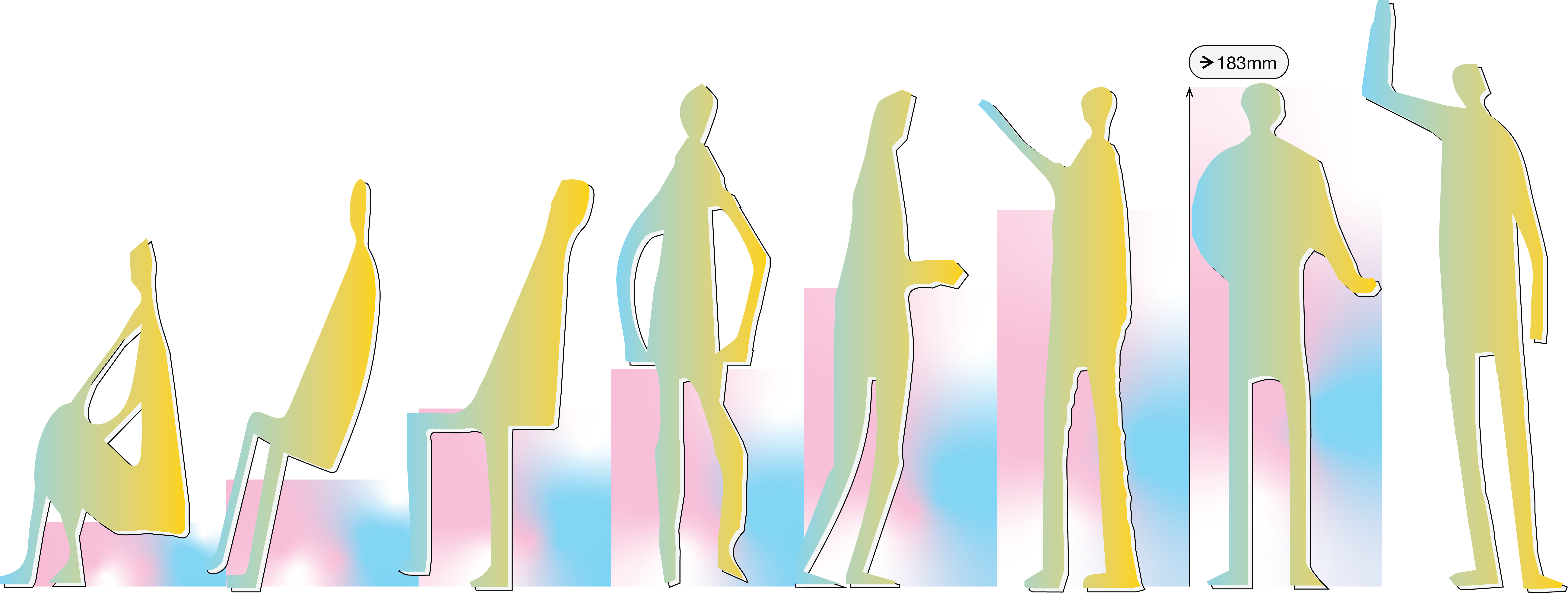
There is a lack of gender-disaggregated data to reflect the need of women in using the city. As such, our city is designed based mainly on men’s experiences.
In a global survey conducted by Arup in partnership with the UNDP and the University of Liverpool, which interviewed women across the globe on women experience in the city,
Sex-disaagregated urban data can allow designers and policy-makers to understand how women use the city, which can eventually lead to gender-informed public investments and policies, thereby promoting more gender inclusive outcomes.

The approach of prioritising arterial roads in snow-ploughing adversely impacted women, as women and children predominantly used cycleways instead.
There was a cost to it:
69% of pedestrian injuries were women. The estimated cost of these falls was about USD$3.7m per winter.
Catering women first decreased accidents by 50% and saved the local government money.
The average ratio of male-to-female users was 1.8:1 in 338 highly utilised public toilets in Hong Kong. The ratio hits 7:1 in one of these public toilets.
This may be a good start of using sex-disaggregated data, which reveals the disparity in the use of public toilets between genders, calls for the investigation of the underlying causes, and perhaps will lead to a more just resource allocation and better designs.
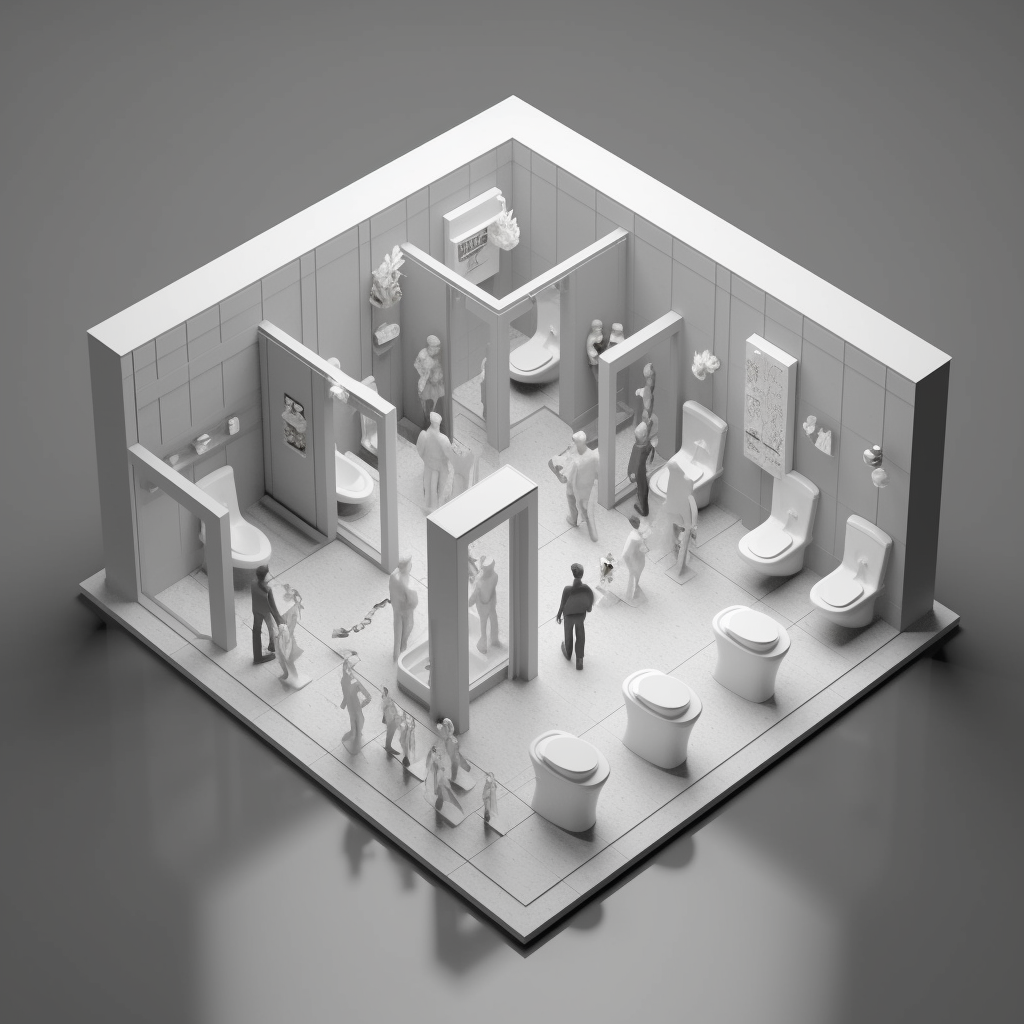
Read our GUTS CASES to know more about gender mainstreaming in our built environment.